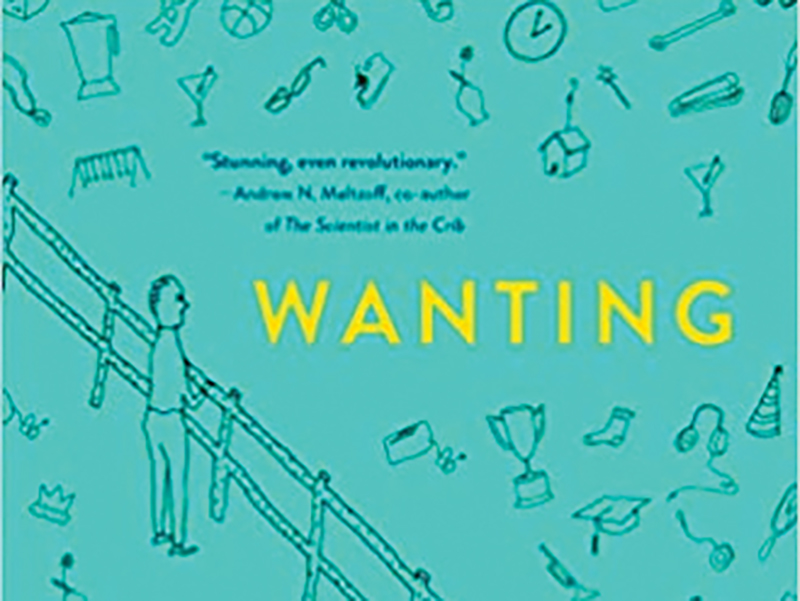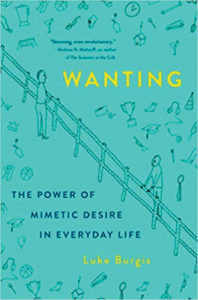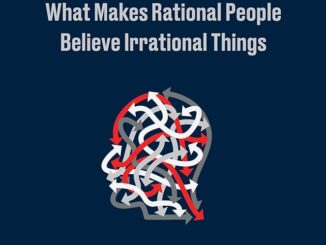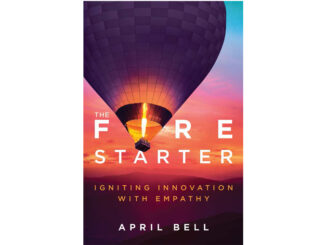Reviewed by Tamara Kenworthy, On Point Strategies, West Des Moines, Iowa, tamara@on-pointstrategies.com
Why do we want what we want? In Wanting, author Luke Burgis weaves together great stories and analogies that make a nonmainstream philosophy, “mimetic theory,” come to life. This book is very insightful and has great lessons for everyone, particularly for researchers and marketers in the work we do.
Drawing on his experience as an entrepreneur, teacher, and student of classical philosophy and theology, Burgis picks up on the pioneering work of René Girard, a French theorist who taught at Stanford University and influenced many of Silicon Valley’s greatest innovators.
I was not familiar with mimetic theory, so it was important for me to first understand its definition. According to Wikipedia, “Mimesis carries a wide range of meanings, including imitation, representation, mimicry, the act of expression.” Girard formed the basis of his theory on mimesis: “Man is the creature who does not know what to desire, and he turns to others in order to make up his mind. We desire what others desire because we imitate their desires.” Burgis explains the challenges and chaos that come along with this theory in our everyday lives, and how we can learn from this to be our own person, help us in our professional career, and have a more fulfilling life.
The power of mimetic desire has many challenges we encounter daily, starting with “Hidden Models”—romantic lies and infant truths. Burgis’ use of stories starts out strong by highlighting Edward Bernays, who has been referred to as the “Father of Public Relations.” One of his earlier campaigns (truly mimetic) was in 1929 to promote female smoking by branding cigarettes as feminist “Torches of Freedom,” when women’s emancipation was in full swing.
Mimetic desire can also be based on “Distorted Reality” and the two worlds of external mediators and those who mediate desire from inside our world; “Social Contagion” and how unhealthy competition can haunt us (great story on Lamborghini versus Ferrari); and “The Invention of Blame,” visualized through the scapegoat mechanism and the story of Jesus preventing a woman being stoned, thus creating the phrase, “casting the first stone.”
Burgis gives us many ideas on how we can overcome and transform our own mimetic thinking in order to be true to ourselves. Burgis describes how to be “anti-mimetic”—learning how to model a new mindset. He says, “We like to assume our goals are rational. More often than not, they are mimetic.”
There are thick desires (what we should want) and thin desires (highly mimetic) that model “Disruptive Empathy”—and the problem with sympathy. This resonates loudly for researchers. To uncover thick desires, we need to listen to the most deeply fulfilling experiences a person has had to understand their key motivators and desires for “wanting.” It is storytelling at its best—Burgis calls them “Fulfillment Stories.”
“Transcendent Leadership” is evident in how great leaders inspire and shape desire, illustrated through Maria Montessori’s approach to education. “The Mimetic Future” is what we will want tomorrow. As Burgis writes, “Our choice is between living an unintentionally mimetic life and doing the hard work of cultivating thick desires. The latter may require us to suffer from the fear of missing out on the shiny mimetic objects that surround us.”
Burgis also illustrates fifteen tactics that are actionable and can help us personally and in our work. I found tactic fifteen to be very timely and important—“Live as if you had a responsibility for what other people want.” Burgis challenges us to exhibit love, respect, and meditative thought in creating our own thick desires. In turn, I believe it will ultimately help us in our research work and better uncover fulfillment stories from others.
This book may be based on a sophisticated philosophical theory, but it is well written and thought-provoking. You walk away truly understanding how to better understand yourself, how to set better goals, and how to be a better researcher and marketer. I just wish the book had a stronger and jazzier title to draw people in.





